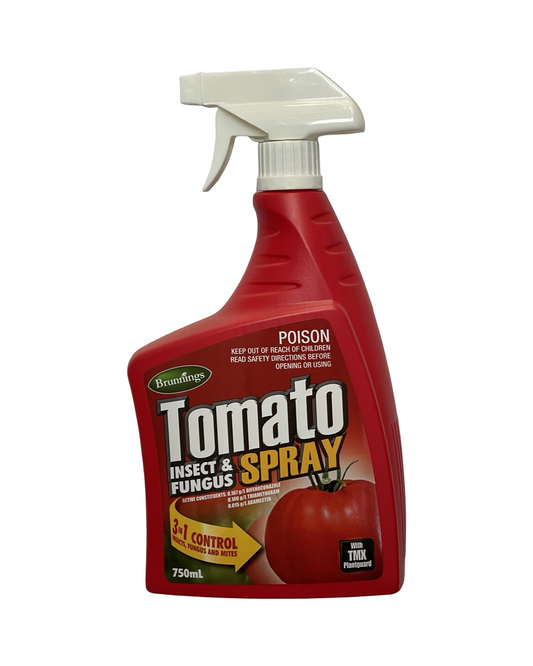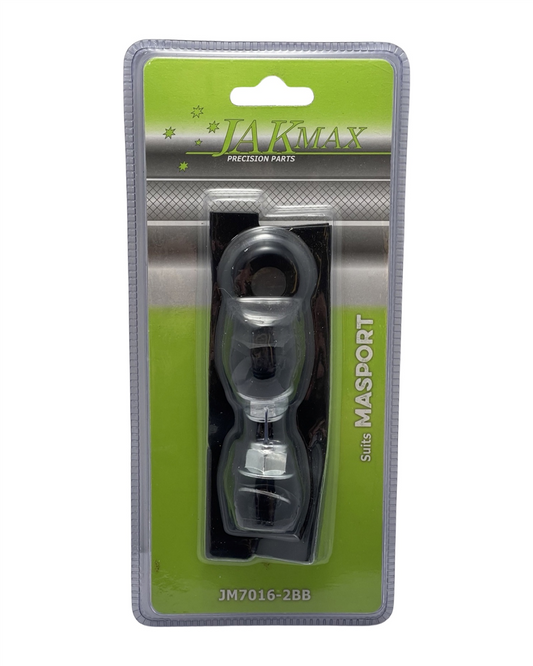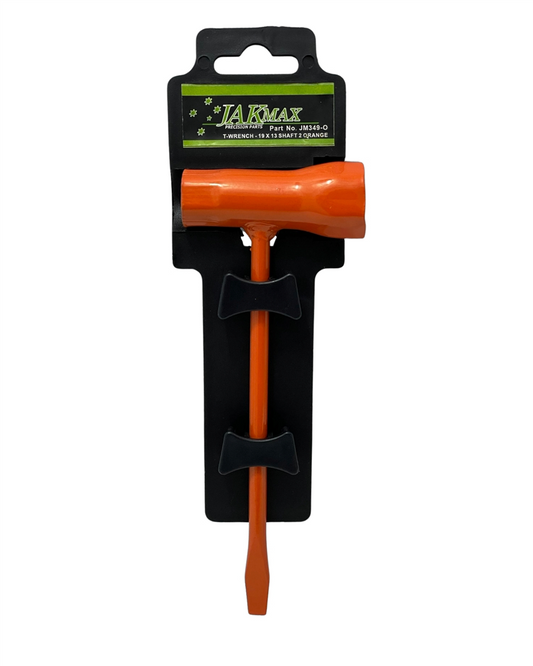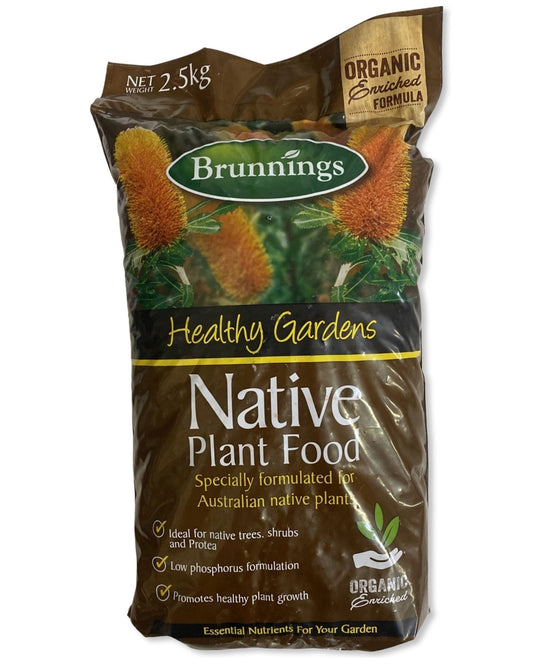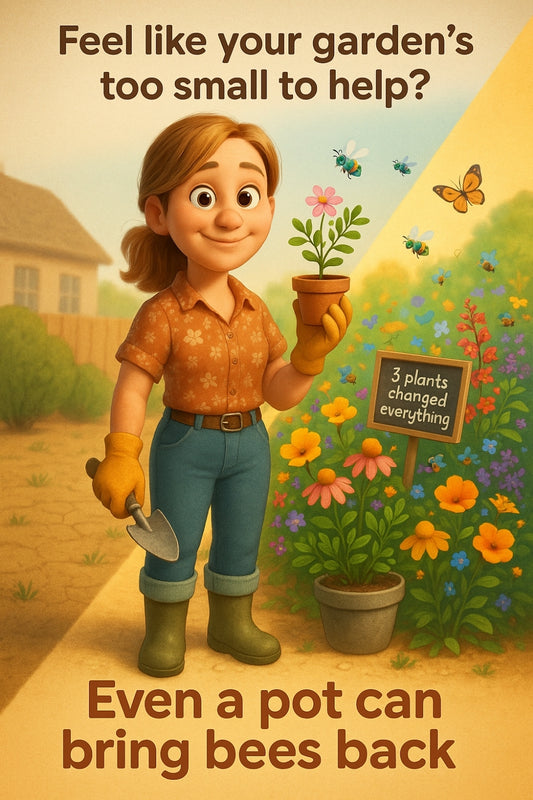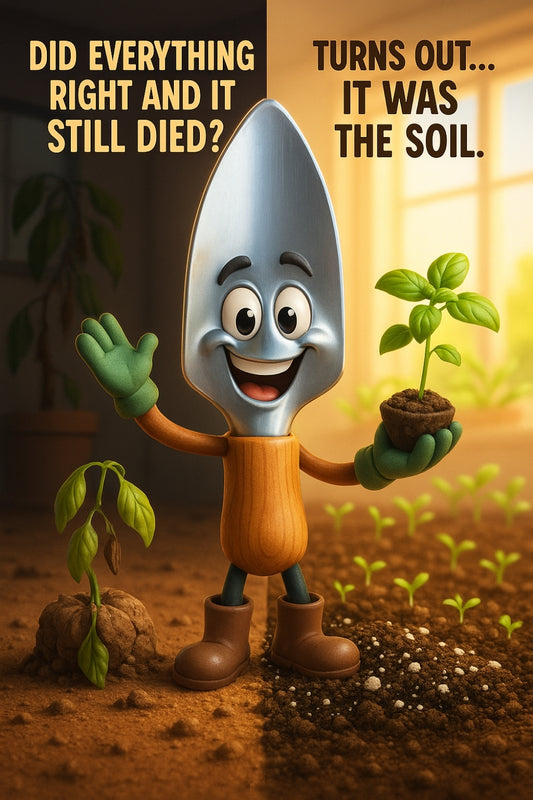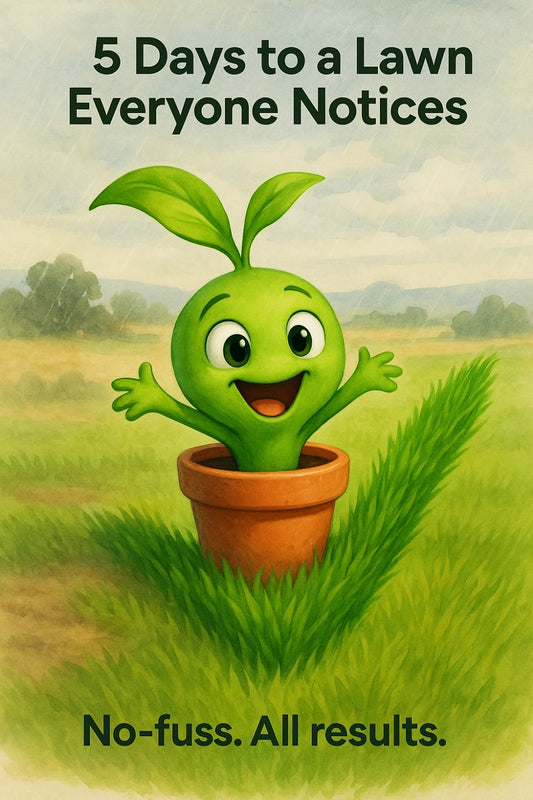Brunnings says it's premium—yet your herbs keep dying. Is it the soil... or you?
Share
It’s not the sunshine—your soil might be the real reason your plants are struggling
Discover how good soil drainage keeps roots happy, healthy—and alive.
They had everything going for them. Morning sun, daily chats, maybe even names. But your tomatoes still sulked and your lavender gave up faster than a possum at nap time. Sound familiar? Before you blame your thumbs, let’s talk about what your soil might be hiding: poor drainage.
This tiny detail—often overlooked—is actually one of the biggest make-or-break factors when it comes to plant health, especially in our quirky South Australian conditions.
Plants don’t drown in the rain—they drown in their pots
We’re wired to think more water = more growth. Plants, however, have boundaries. They need a breathable balance: moist, but not muddy. If water builds up and can’t escape, roots can’t breathe. They suffocate, rot sets in, and what once looked like a flourishing basil bush suddenly smells like swamp and sadness.
“Even the healthiest soil can turn deadly without proper drainage,” says Candeece, “Roots need oxygen just as much as water—it’s about balance.”
What "good drainage" really means (and why it matters more than you think)
- Roots stay strong: Excess water escapes instead of pooling, avoiding rot and fungal infections.
- Oxygen reaches soil layers: Airy soil lets roots "breathe" which is crucial for growth and nutrient absorption.
- Less stress on plants: A well-drained garden fends off disease, pests, and transplant shock more easily.
And here’s the kicker—soil that drains well doesn’t mean dry soil. It means moisture moves through the soil rather than sitting there like a kicked-over bucket.
Indoor pots? Raised beds? Balcony herbs? Drainage still matters.
Let’s take a peek behind the curtain: we helped a community member fix her dying rosemary last year. It lived in a beautiful terracotta pot on her verandah, watered lovingly every second day. Problem? One little missing thing: the drainage hole was sealed shut with a sticker. The roots had been sitting in a shallow swamp, masquerading as potting mix. Once we opened it and swapped in a chunkier, free-draining soil blend designed for herbs—magic. That plant’s still thriving today.
What can block drainage in the first place?
- Old, compacted soil that’s turned to sludge over time
- Pots without drainage holes or with blocked ones
- Too much water-holding mix like peat or coco coir, without balancing sand or grit
- Poor base layers in raised beds—rock overload can actually worsen drainage
And here’s where it gets interesting. Many beginner-friendly soil mixes aren’t naturally suited to our local conditions. They hold too much moisture in our cooler months and dry out unevenly through the heat. That’s why we lean into local blends crafted specifically for South Australia's soil rhythms and rain patterns.
Simple fixes that make a big difference
You don’t need a soil science degree to improve drainage. Start here:
- Pick the right potting mix: Look for free-draining blends for your plant type—especially herbs, natives and succulents.
- Punch out those pot holes: Always check new pots for proper drainage. If they’re sealed—fix it.
- Add grit where needed: Coarse sand, perlite, or crushed scoria helps create air pockets and lightens heavy soils.
- Keep an eye on watering: Finger test the soil before every water. If it’s damp 3cm down—skip it that day.
Simple swaps like those can turn a sad planter into a fuss-free grower. Used to take months of guesswork—now takes a week of attention and the right advice.
Still dig around in the soil?
Pop the plant out of its pot and look at the roots. White and firm? You’re winning. Brown and mushy? Trouble’s brewing. It’s the kind of stuff even the fanciest Pinterest photos can’t show. But once you’ve seen it, you’ll never unsee it—and you'll know just what to do next.
And if the thought of choosing the right mix still makes your head spin, just ask someone local. We’ve seen the same yellowed leaves, puzzled frowns, and root-tangled disasters a hundred times—and we love helping you avoid them.
Water feeds a plant’s thirst. Drainage lets it breathe.
One without the other? That’s like baking bread and never turning on the oven. Don’t just water—listen to your soil. Learn its signals. Give it what it needs. And know this: Even seasoned gardeners get it wrong sometimes. But when you take care of your drainage, you give your plants the one thing they really need to thrive—a fighting chance below the surface.
See you out in the garden,
Candeece
 Stay Connected
Stay Connected
Join our gardening community on Facebook: Urban Gardener's Notebook
And follow our Store Facebook Page: Strathalbyn H Hardware on Facebook

